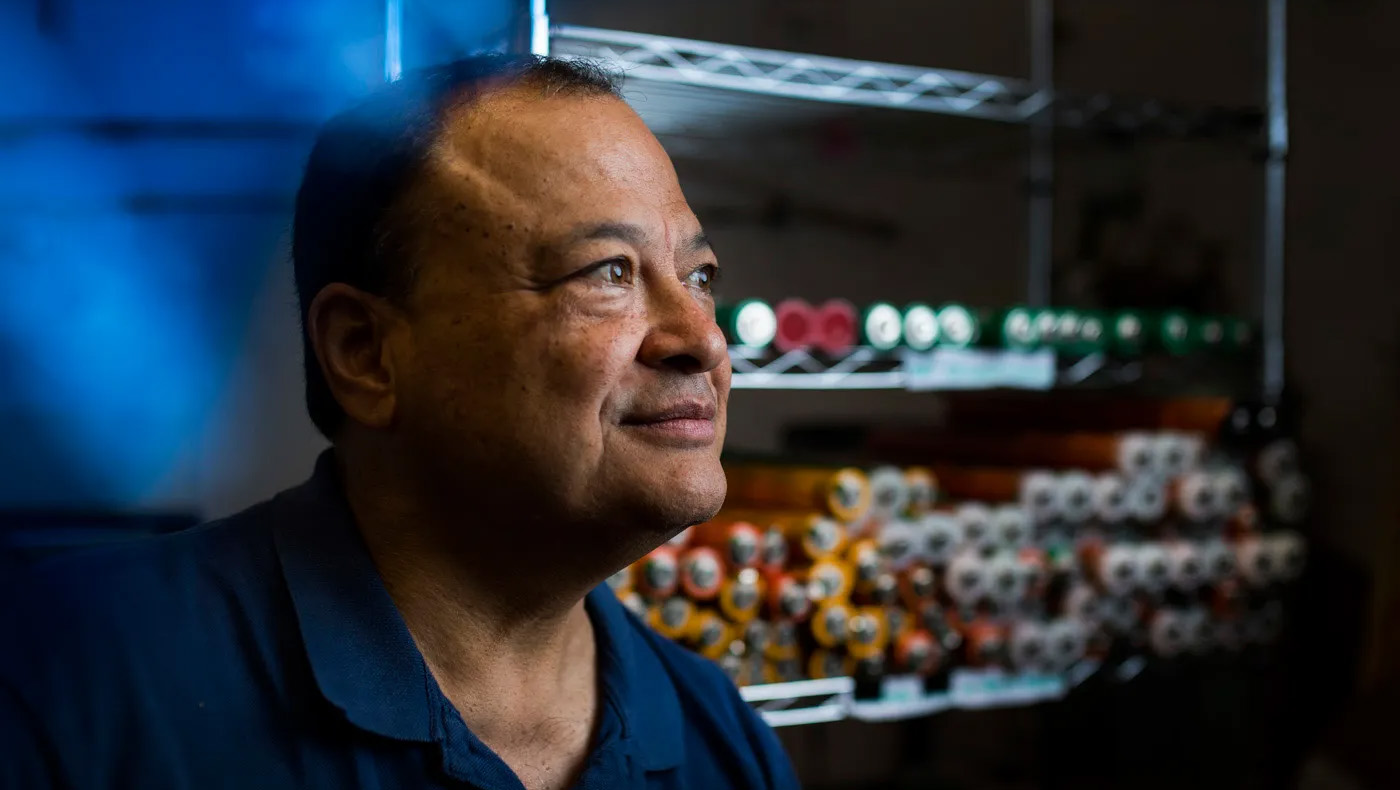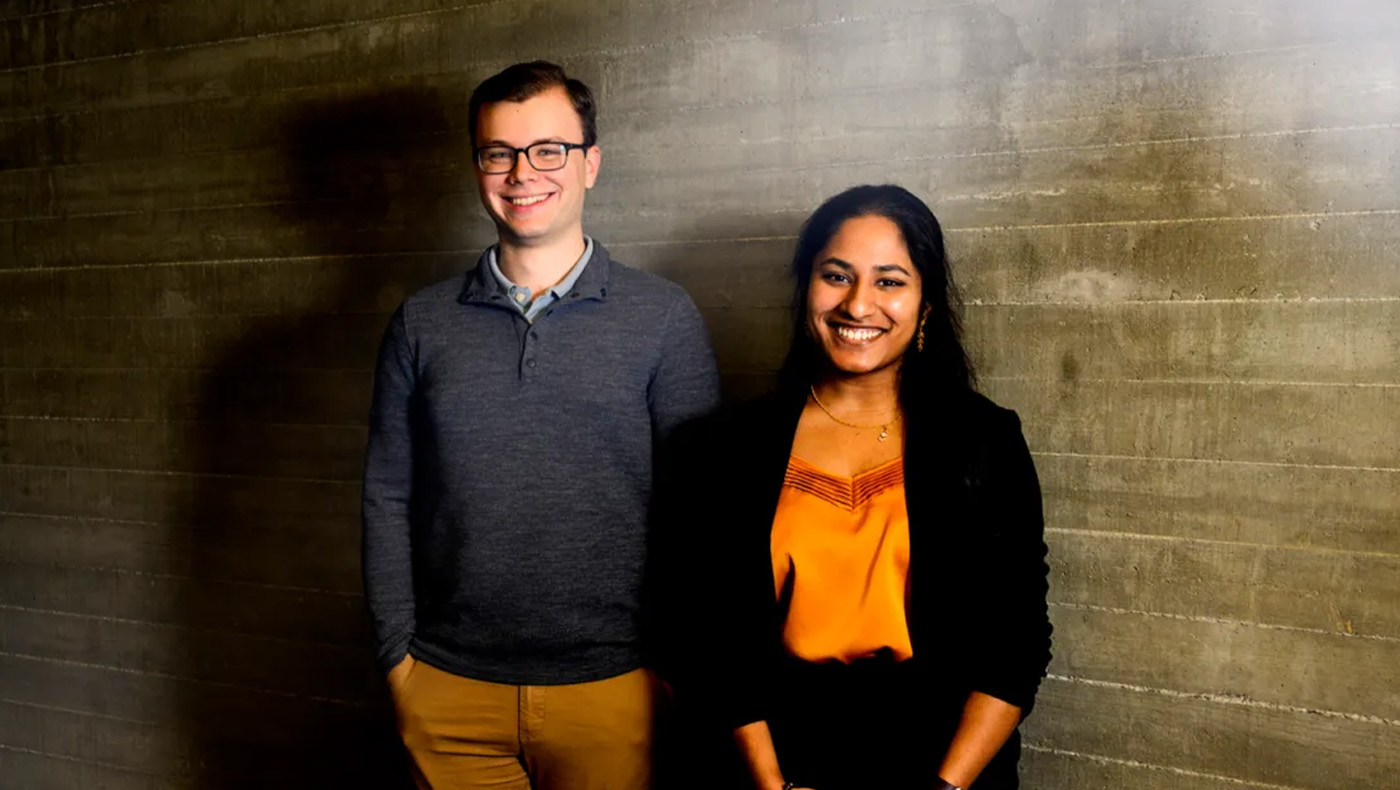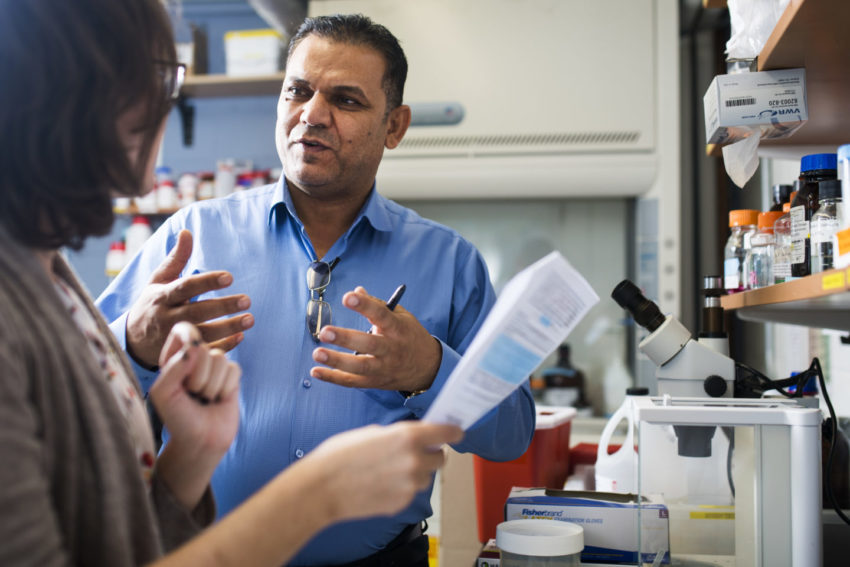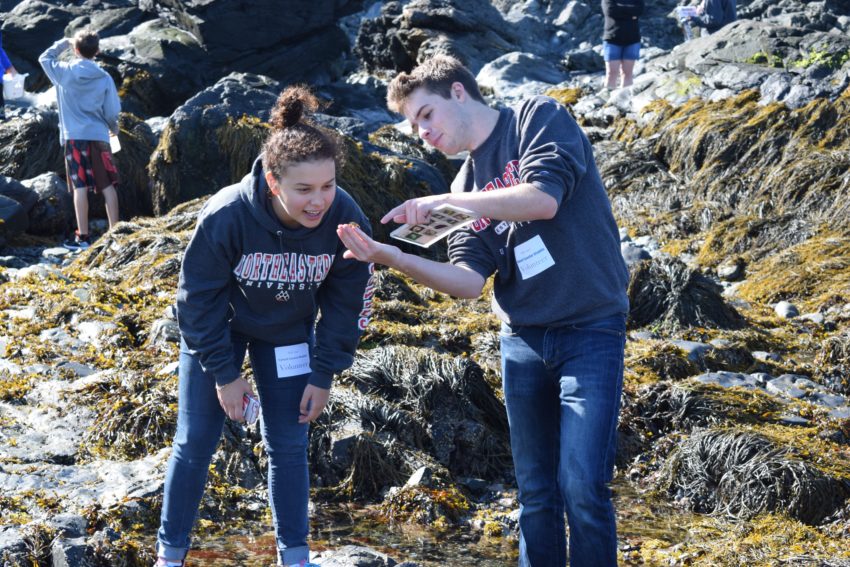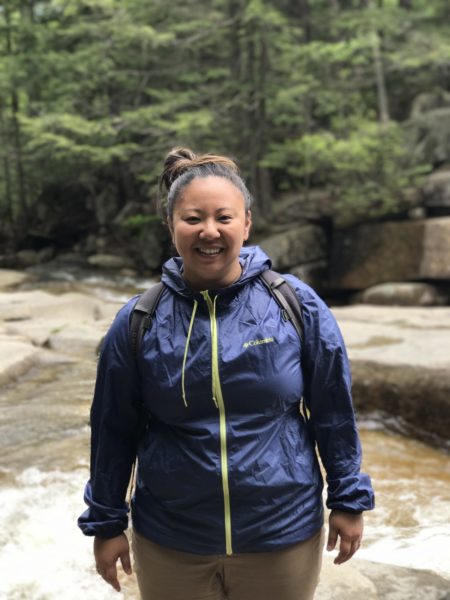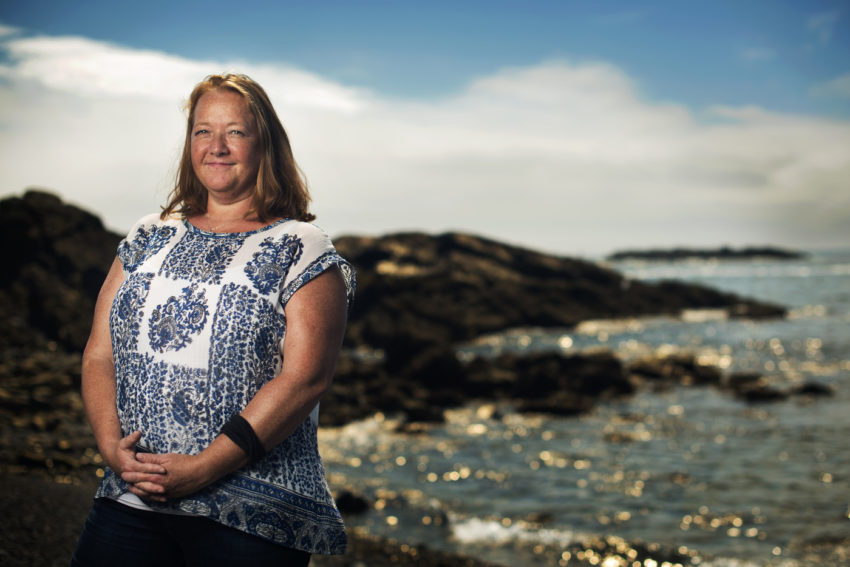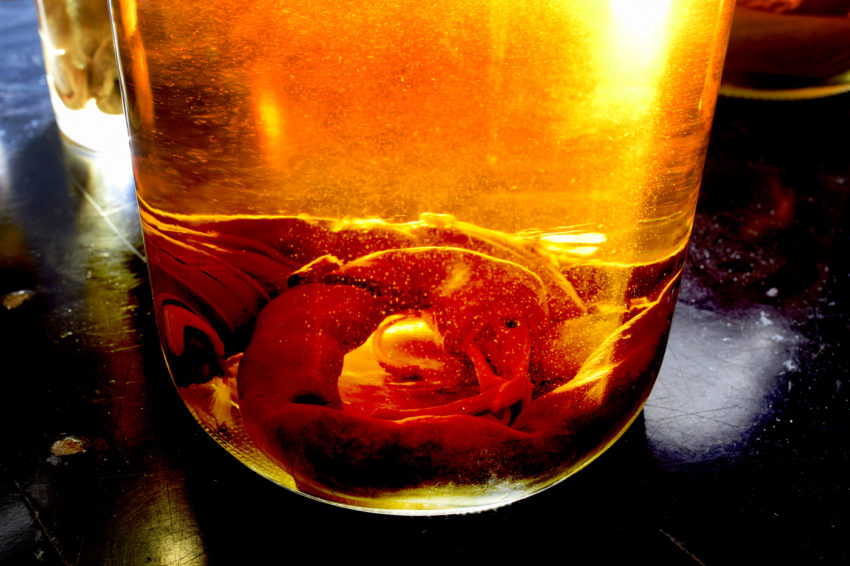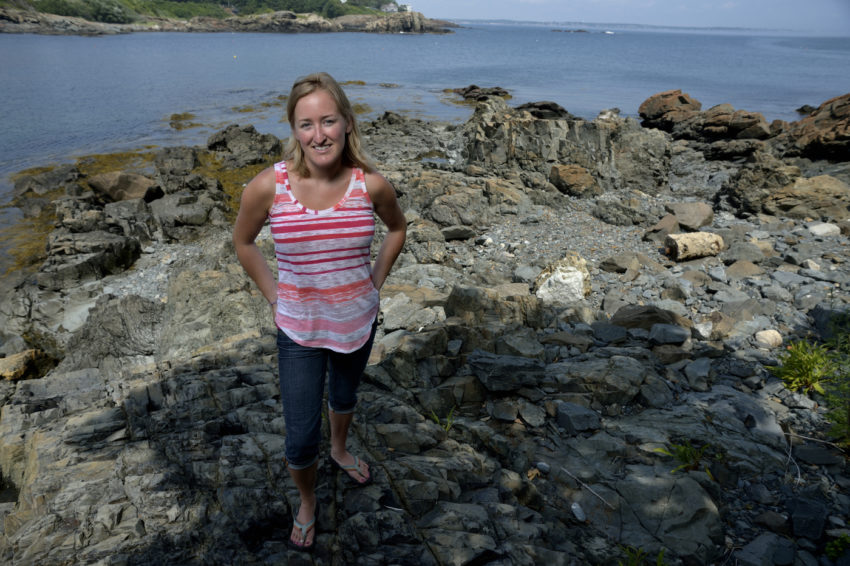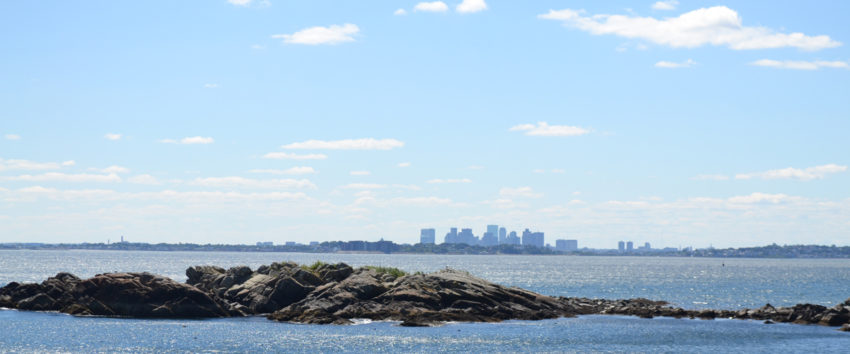News
Saddam Hussein Destroyed The Biblical Eden. This Cross-Cultural Partnership Could Restore It.
Researchers at Northeastern’s Marine Science Center are working with the University of Basrah in Iraq to restore the marshlands of southern Iraq.
January 16, 2019
Nahant Coastal Bioblitz
Northeastern Huskies took to the tide pools on Sunday, Sept. 10, for the Nahant Coastal Bioblitz, an annual public survey of marine life on the beaches surrounding the Northeastern University Marine Science Center (MSC) in Nahant, MA.
September 23, 2017
Marine Science Center graduate student making strides in research and leadership
Congratulations to Ashley Bulseco-McKim, graduate student at Northeastern's Marine Science Center, and one of the recipients of the NSF Doctoral Dissertation Improvement Grant (DDIG). This grant funds a graduate student to further study a specific area of his/her dissertation research.
September 07, 2017
Blood is thicker than water for the common reed – at least that’s what the soil tells us
In a paper published in Nature Communications, Northeastern University Professor Jennifer Bowen and University of Rhode Island Professor Laura Meyerson reveal that a native type of the common reed (Phragmites australis) has more in common with other native populations of the plant growing elsewhere across the country than they have in common with invasive types occupying the same ecosystem.
September 05, 2017
Blood is thicker than water for the common reed – at least that's what the soil tells us
In a paper published in Nature Communications, Northeastern University Professor Jennifer Bowen and University of Rhode Island Professor Laura Meyerson reveal that a native type of the common reed (Phragmites australis) has more in common with other native populations of the plant growing elsewhere across the country than they have in common with invasive types occupying the same ecosystem.
September 05, 2017
‘Unicorn’ Shipworm could reveal clues about human medicine and bacterial infections
Northeastern research professor Daniel Distel and his colleagues have discovered a dark slithering creature four feet long that dwells in the foul mud of a remote lagoon in the Philippines. They say studying the giant shipworm could add to our understanding of how bacteria cause infections and, in turn, how we might adapt to tolerate—and even benefit from—them.
April 24, 2017
'Unicorn' Shipworm could reveal clues about human medicine and bacterial infections
Northeastern research professor Daniel Distel and his colleagues have discovered a dark slithering creature four feet long that dwells in the foul mud of a remote lagoon in the Philippines. They say studying the giant shipworm could add to our understanding of how bacteria cause infections and, in turn, how we might adapt to tolerate—and even benefit from—them.
April 24, 2017
MES professor featured in The Nature Conservancy video
Jonathan Grabowski talks about his ongoing research in the Gulf of Maine in a recent Nature Conservancy video.
June 15, 2016
MES PhD candidate receives Switzer Environmental Fellowship
Northeastern University Marine Science Center graduate student, Marissa McMahan, is among a handful of environmental scholars from across the country chosen as 2015 recipients of the Switzer Environmental Fellowship.
December 16, 2015
Exploring the Three Seas as a student and a teacher
Liz Magee traces her passion for diving back to her participation in the Three Seas Program more than 10 years ago, and she couldn’t be happier to have found her way back.
May 15, 2015

